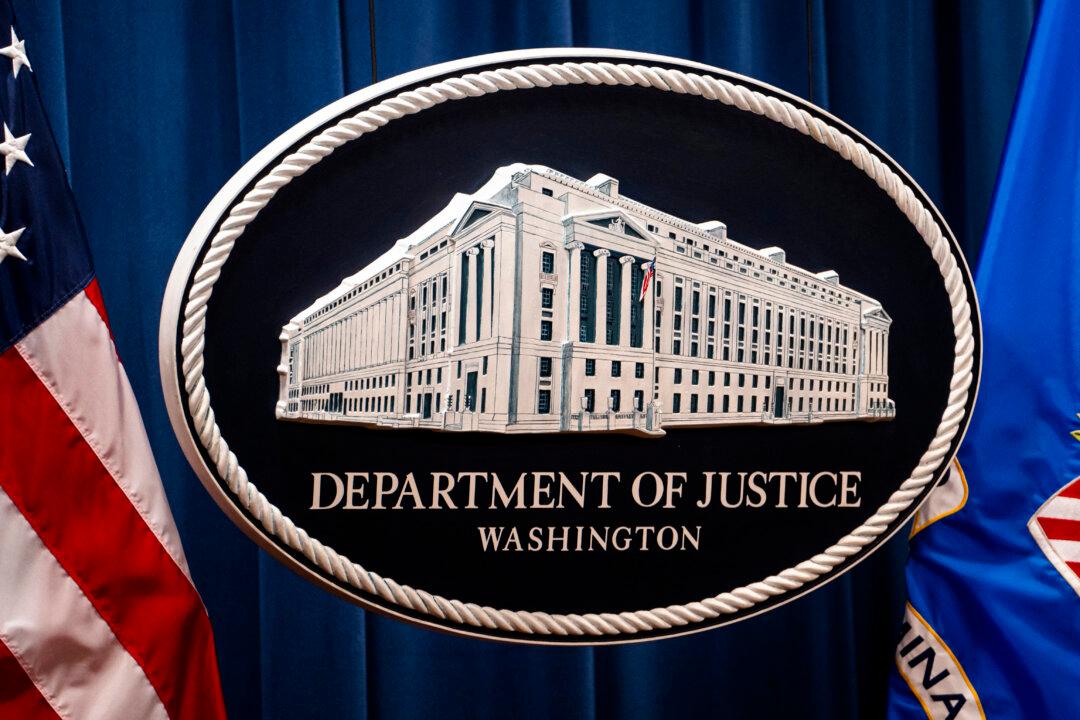President Donald Trump is asking the Supreme Court to intervene after a federal judge blocked his executive order aimed at preparing agencies for firings otherwise known as “reductions in force.”
“That injunction rests on the indefensible premise that the President needs explicit statutory authorization from Congress to exercise his core Article II authority to superintend the internal personnel decisions of the Executive Branch,” U.S. Solicitor General D. John Sauer said in an emergency application on June 2.
A group of local governments, unions, and nonprofits had sued, alleging that the Trump administration failed to obtain congressional authorization for its plans to transform the executive branch.
They had a temporary win in May, when U.S. District Judge Susan Illston blocked Trump’s executive order directing agencies to prepare for reductions in force.
Subsequent to the executive order, a memo from the Office of Management and Budget directed agencies to submit reorganization plans and progress reports to it and to the Office of Personnel Management for review.
Illston blocked that memo as well. She said that although courts shouldn’t “micromanage the vast federal workforce,” they “must sometimes act to preserve the proper checks and balances between the three branches of government.”
Among other things, Sauer said that Illston lacked jurisdiction to rule on the issue. Congress passed the Federal Service Labor-Management Relations Statute, which allows the Federal Labor Relations Authority—another executive agency—to resolve labor disputes. Its decisions can also be reviewed by appeals courts.
Sauer suggested that Illston was sidestepping the Federal Labor Relations Authority with her order, which affected 19 agencies and 11 Cabinet departments. He added that the executive order and memo were legally sound. Both, he said, were “consistent with the long historical tradition of recognizing the federal government’s authority to conduct reductions in force.”







